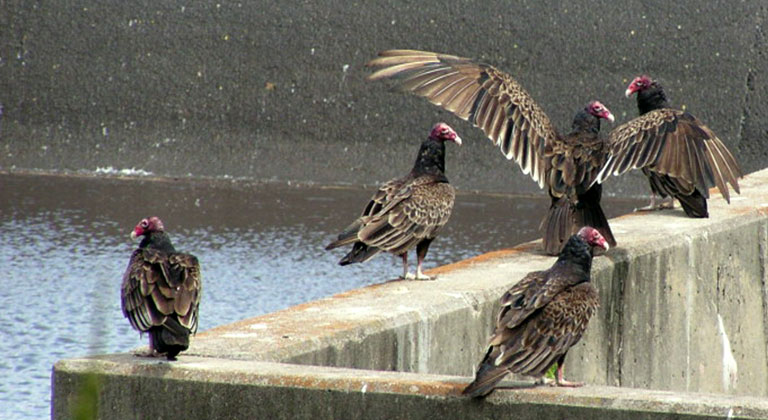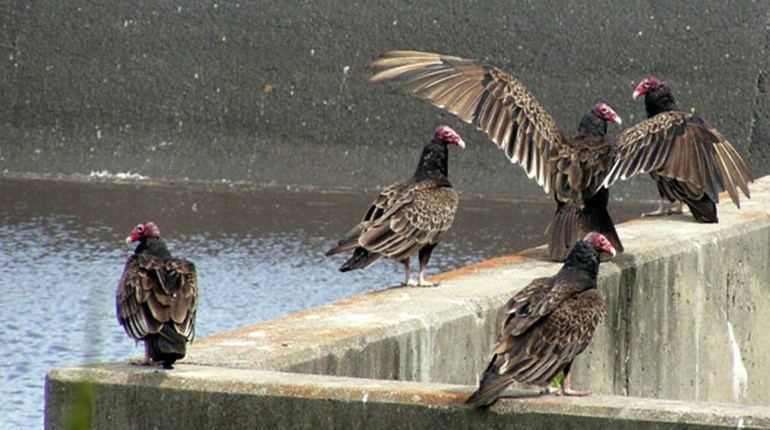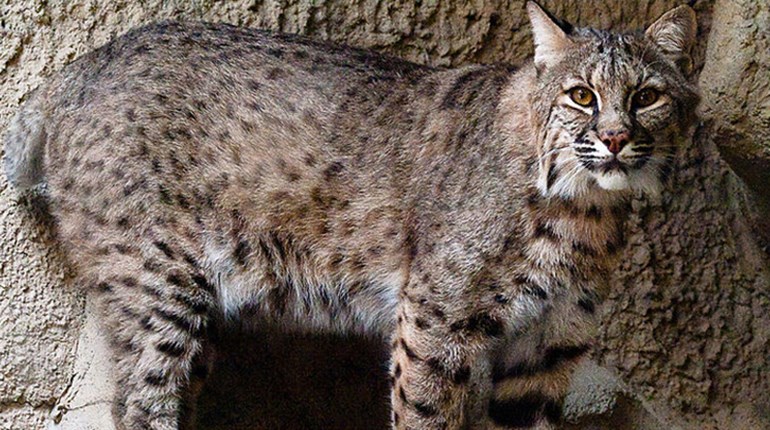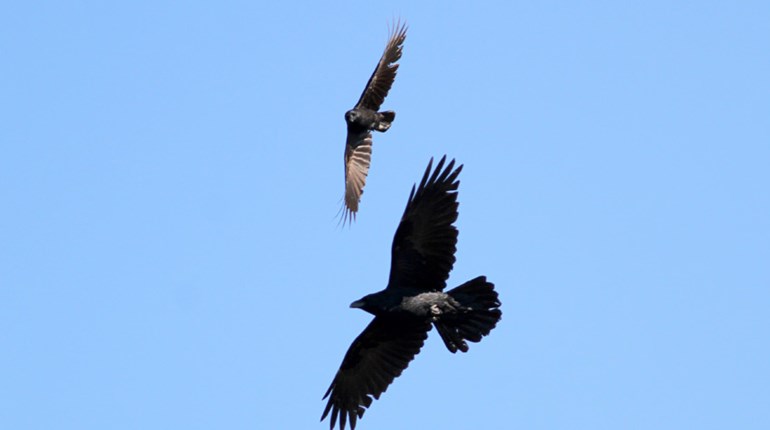
Possibly one of the most misunderstood animals due to their diet and appearance, vultures are actually very beneficial to humans because they clean up the remains of the earth’s creatures. Though they may resemble birds of prey, vultures are not strong enough to carry away live animals. Instead, vultures are scavengers, meaning that their primary food source is carrion (dead flesh). As disgusting as it may sound to you and me, vultures help prevent the spread of harmful illnesses by consuming this diet.
Vultures may be divided up into two groups: Old World and New World classes. Old World vultures (similar to hawks and eagles) have sharp talons but no sense of smell. New World vultures (similar to turkey vultures and California condors) have a keen sense of smell but no talons.
Vultures glide effortlessly for long periods of time by riding warm pockets of air, called “thermals,” rising up from the ground. Once the vulture spots the carrion on the ground below, it swoops down to feed on the dead animal. Many vultures’ heads are bare and lack feathers, so that they can easily bury their heads in the carcass of an animal and not get dirty. Once the vulture is satisfied with its meal, it will go clean itself off in a river.
Fast Facts
- A group of vultures is called a “kettle.”
- King Vultures are one of the most colorful species.
- The vulture will defecate on its own legs to cool itself down.
- The vulture’s stomach contains very strong acids to digest rotting and diseased flesh.






































